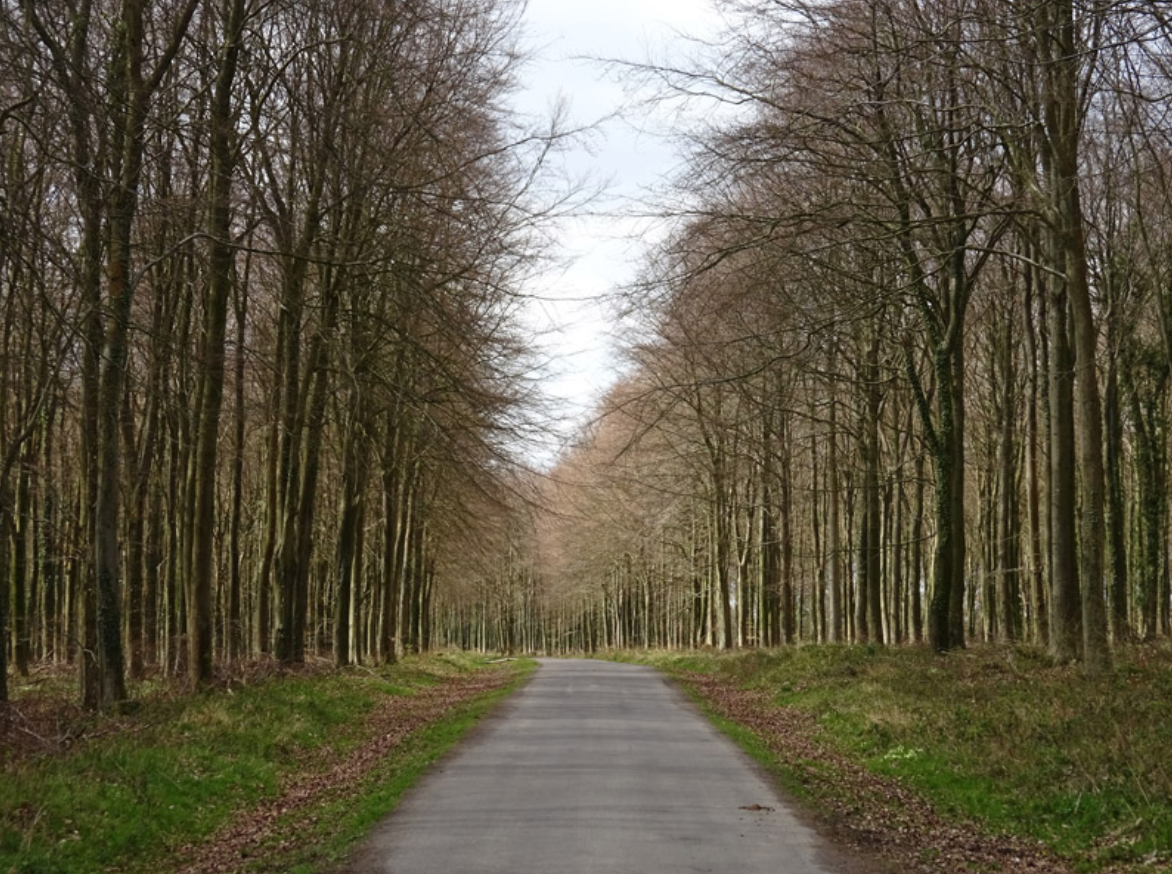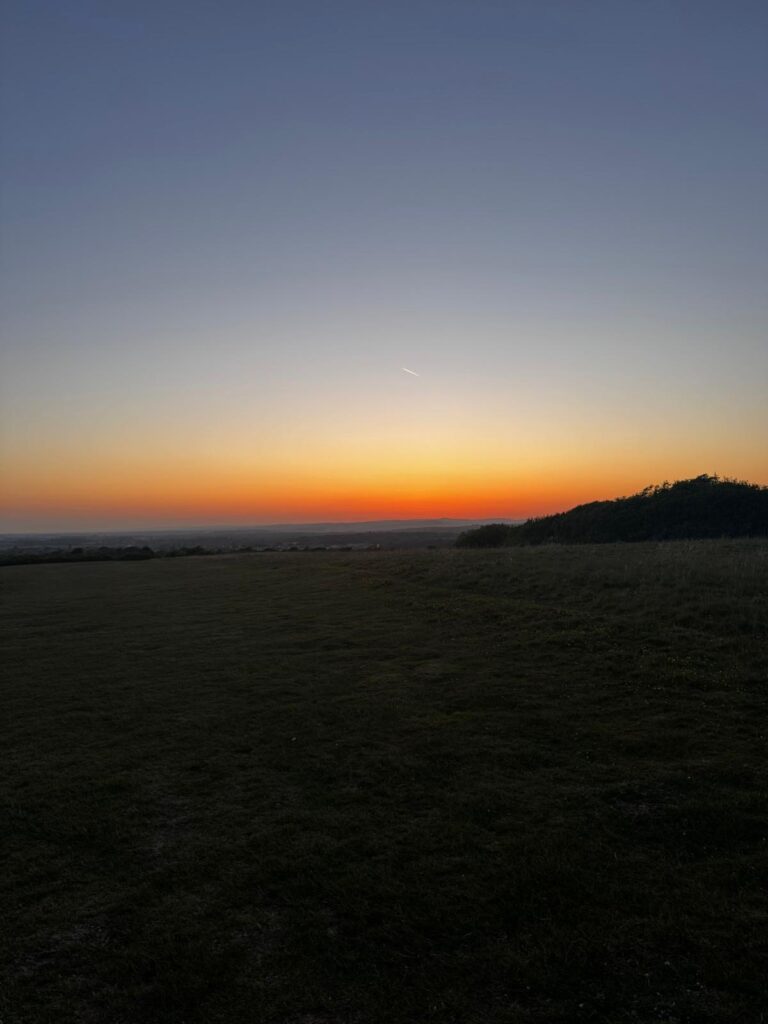local attractions, experiences, and vibrant community life.
Discover the Local Area

The Beauty of Angmering Park, West Sussex: A Hidden Gem in the Heart of Nature
Nestled within the tranquil countryside of West Sussex, Angmering Park is a captivating landscape that embodies the charm of the English countryside. This historic estate, set amidst rolling hills, ancient woodlands, and tranquil lakes, is not only a sanctuary for nature lovers but also a living testament to the region’s rich cultural heritage. Whether you’re a local resident or a first-time visitor, the beauty of Angmering Park is sure to leave a lasting impression.
A Natural Wonderland
One of the most striking features of Angmering Park is its breathtaking natural beauty. The park spans over 600 acres, providing a rich diversity of habitats that support a wide array of wildlife. Whether you’re strolling along the serene pathways, exploring the dense woodlands, or taking in the sweeping views from one of the park’s elevated vantage points, the landscape never fails to captivate.
Woodland Walks and Trails
Angmering Park is a haven for walkers and outdoor enthusiasts. The park’s extensive network of trails allows visitors to explore its ancient woodlands, where towering trees create a canopy of green throughout the year. In spring and summer, the woods are alive with the sounds of birdsong and the vibrant colors of wildflowers, while autumn transforms the area into a golden landscape of fallen leaves.

What is Cissbury Ring? Cissbury Ring is a hillfort that was built on top of a prominent hill, offering commanding views of the surrounding countryside. Located near Worthing, West Sussex, the site is part of the larger South Downs National Park. The name "Cissbury" is derived from Old English, with "Cissa" believed to be the name of a Saxon chief, and "bury," meaning a fort or settlement. The hillfort itself is a circular earthwork, with a single or double line of ramparts (defensive walls made from earth and stone) and a deep ditch surrounding it. Cissbury Ring is thought to have been used for defensive purposes, possibly housing a community or being used as a refuge during times of conflict. The History of Cissbury Ring Cissbury Ring has a fascinating history spanning thousands of years. It is believed that the site was first occupied around 2500 BCE during the Late Neolithic period. Evidence suggests that people living here were part of early farming communities who likely utilized the hillfort as a place of protection and possibly ritual significance. The fortification we see today was likely constructed during the Iron Age (around 500 BCE), though the site remained in use long after. Cissbury continued to hold importance throughout the Roman, Saxon, and Medieval periods. During the Roman occupation of Britain, the area was thought to be an important hub for resources, especially with the nearby flint mines, which were heavily exploited by ancient communities for tools and weapons. Interestingly, Cissbury Ring is famous for its flint mining activity, with evidence of extensive flint extraction found around the site. This industry dates back to prehistoric times, and it is one of the largest flint mining sites in Europe. Some of the flint tools and weapons found here are now housed in museums, further illustrating the site's long-standing historical significance.

Discovering the South Downs: England’s Scenic Gem
Nestled in the heart of southern England, the South Downs is one of the most enchanting natural landscapes in the country. Stretching across Hampshire and Sussex, this Area of Outstanding Natural Beauty (AONB) is a haven for nature lovers, outdoor enthusiasts, and history buffs alike. With its rolling hills, charming villages, and captivating wildlife, the South Downs offers a unique blend of tranquility, adventure, and cultural heritage.
A Landscape of Natural Beauty
The South Downs are famed for their iconic chalk hills, which form a dramatic ridge running from the historic city of Winchester in the west to the coastal town of Eastbourne in the east. These striking white cliffs, shaped over millions of years, are not just a stunning visual landmark but are also home to a variety of flora and fauna. The open landscape features wildflower meadows, heathlands, and ancient woodlands, creating a peaceful yet vibrant ecosystem.
One of the most recognizable features of the South Downs is the South Downs Way, a 100-mile national trail that stretches the length of the hills. The trail allows hikers and cyclists to experience the beauty of the area up close, offering breathtaking panoramic views at every turn. Whether you’re a seasoned hiker or a casual walker, the South Downs Way provides an accessible route through some of the UK’s most picturesque countryside.